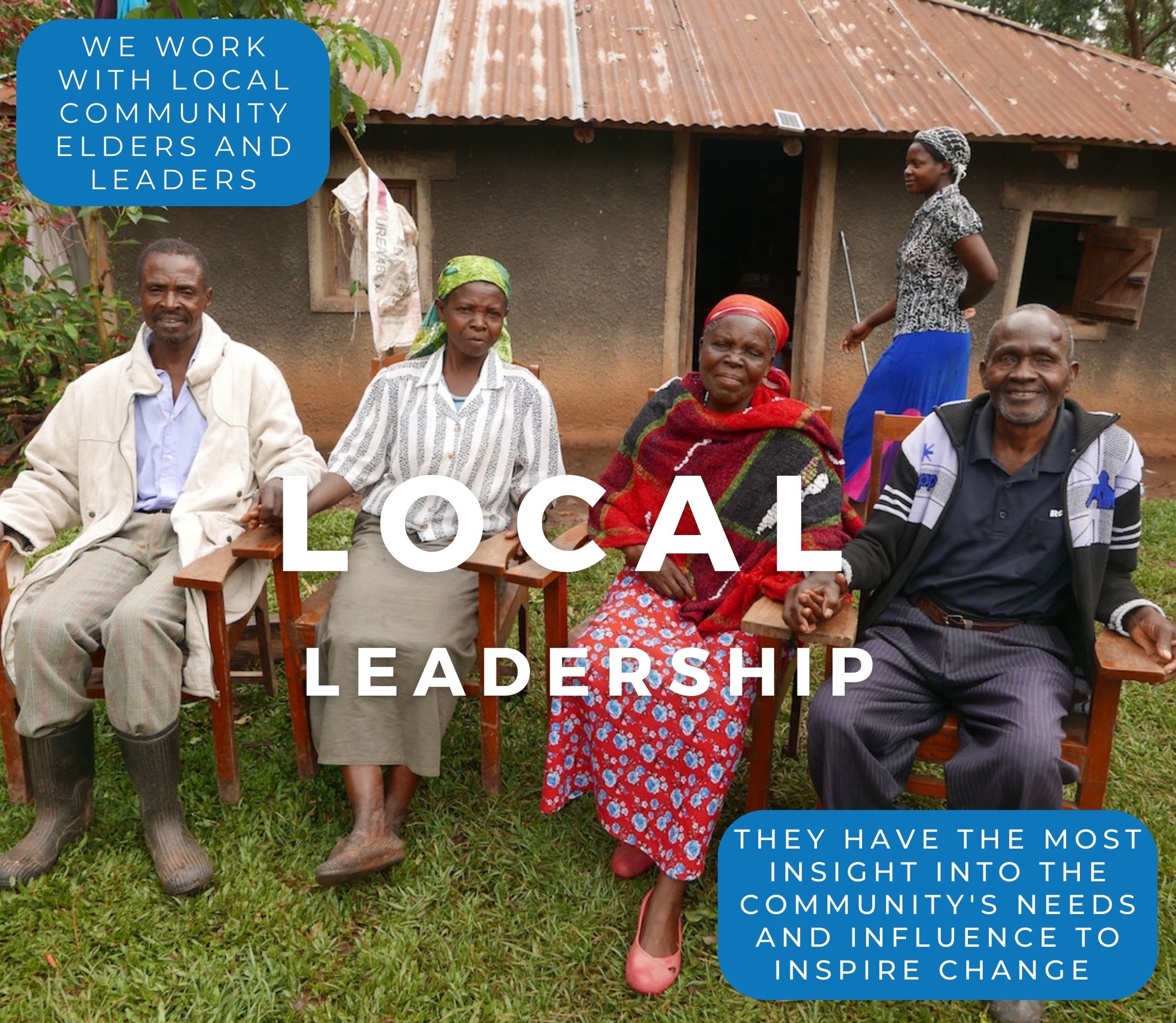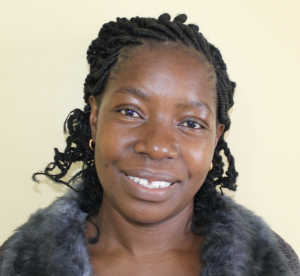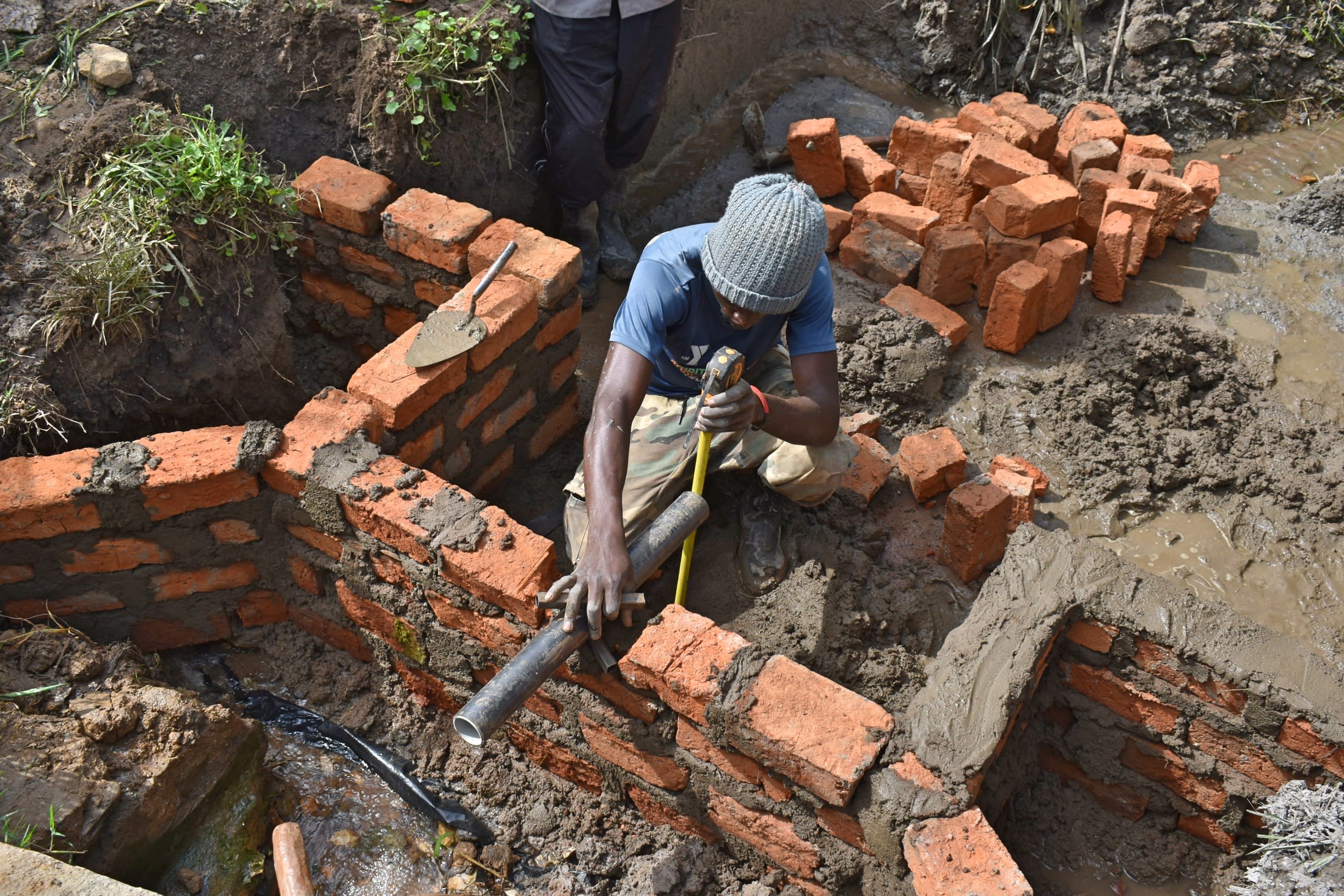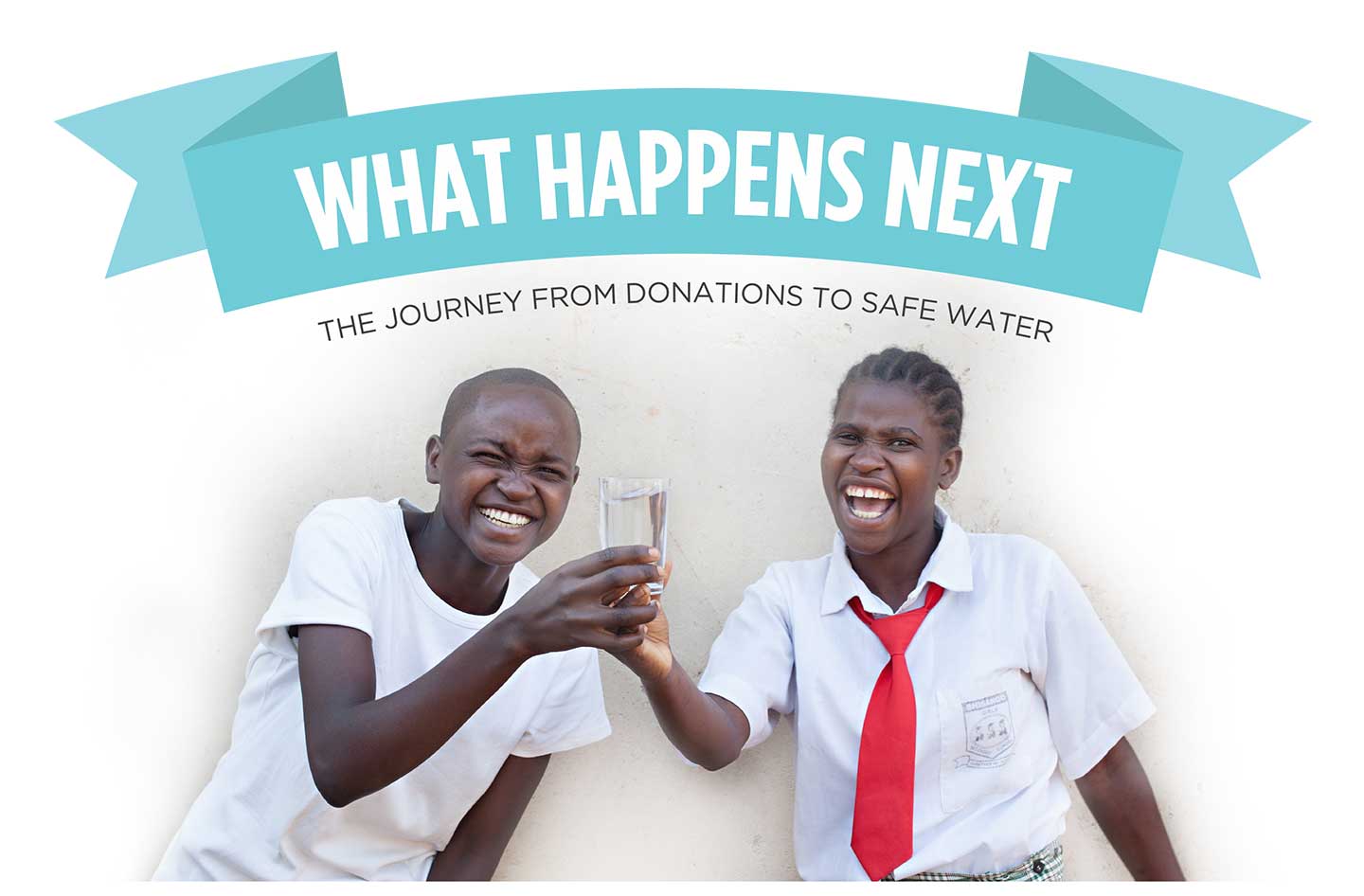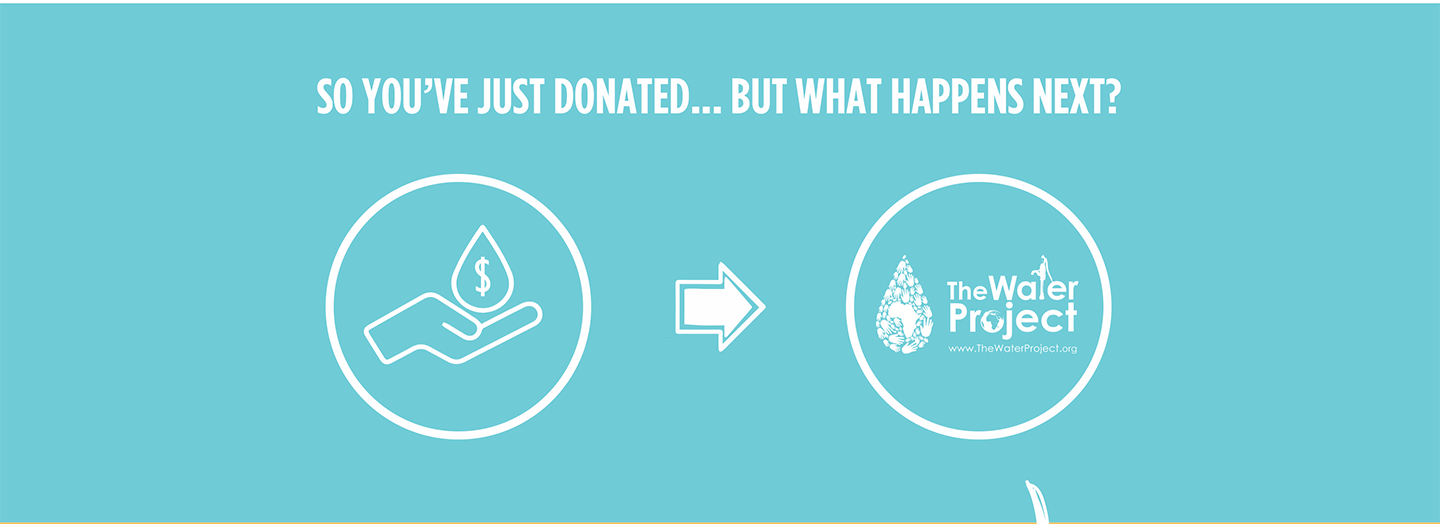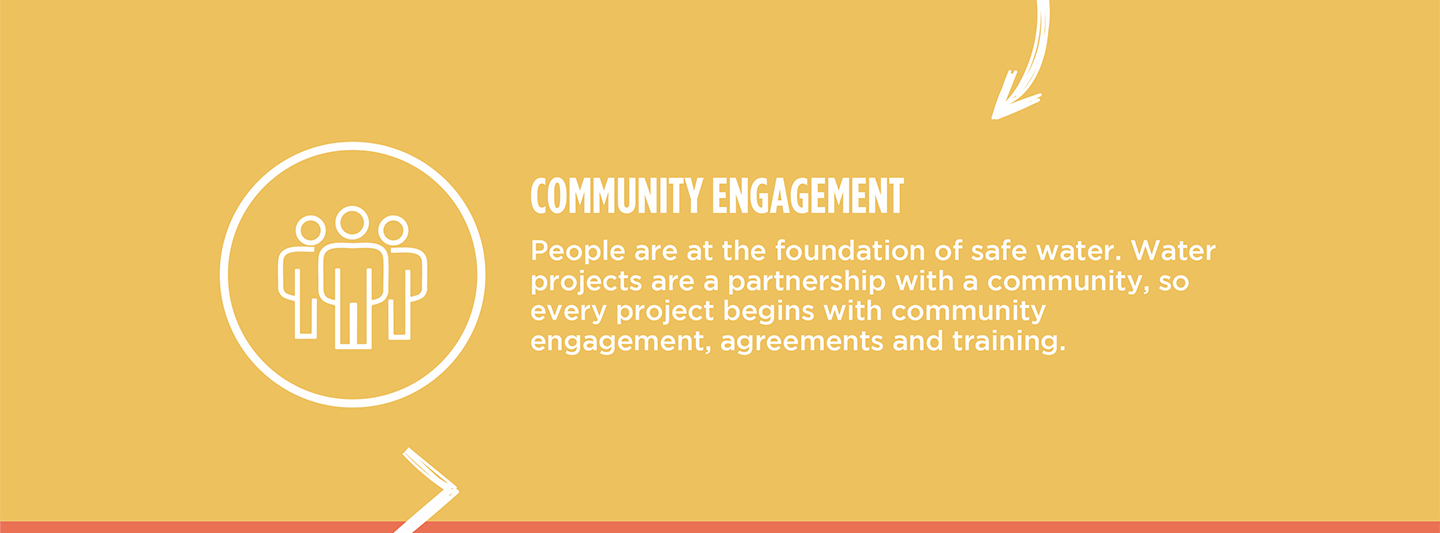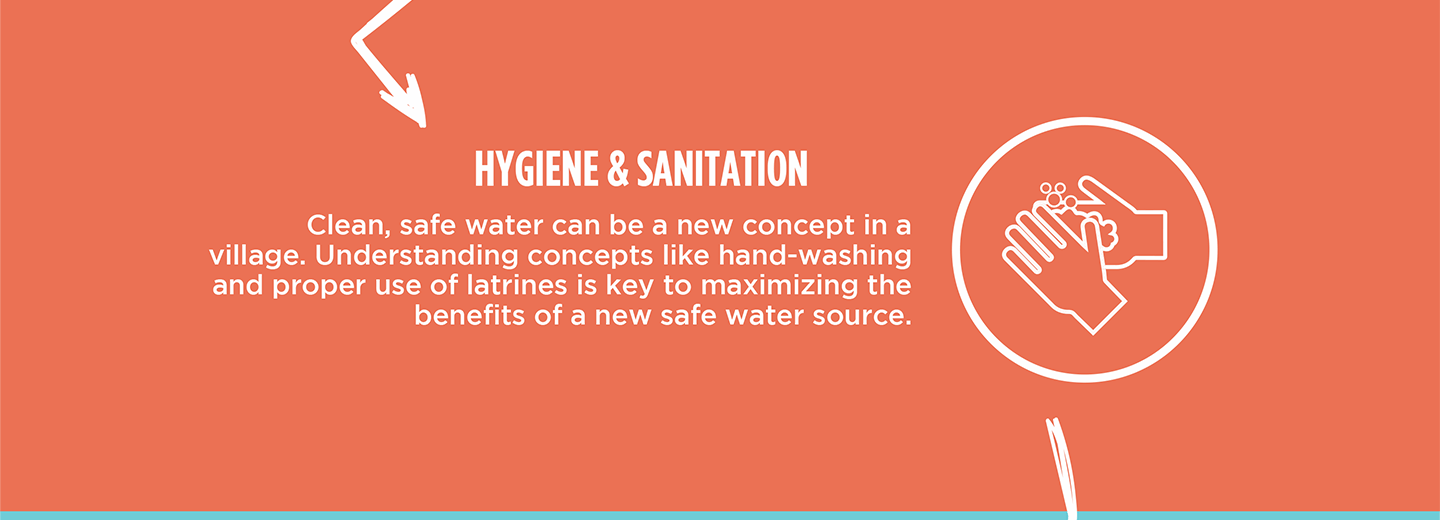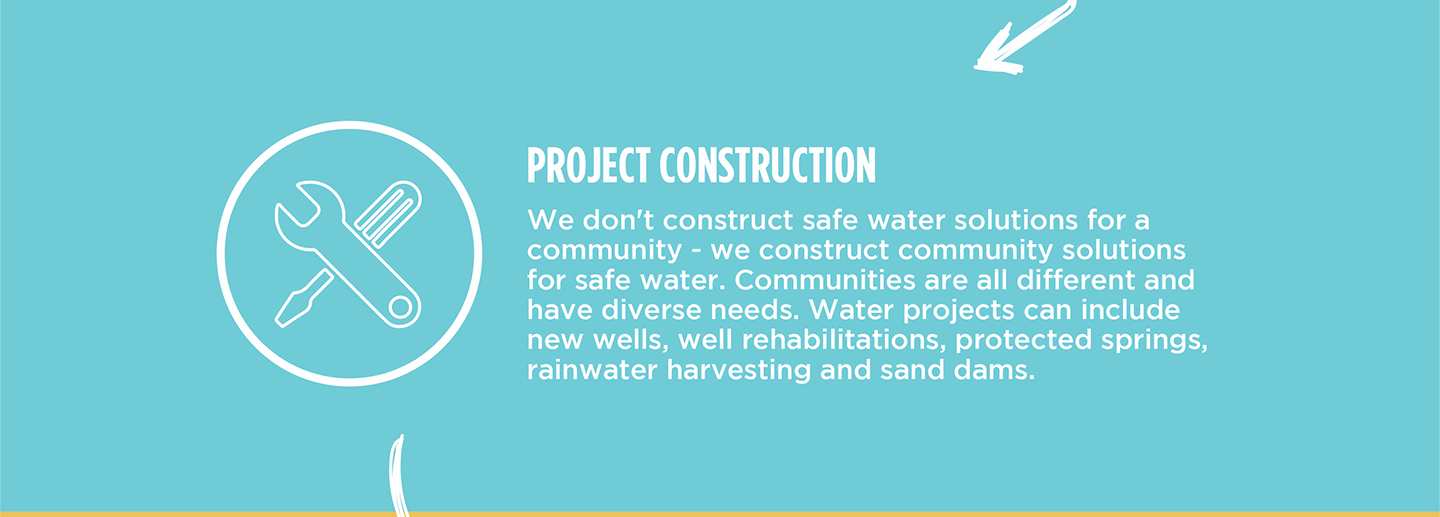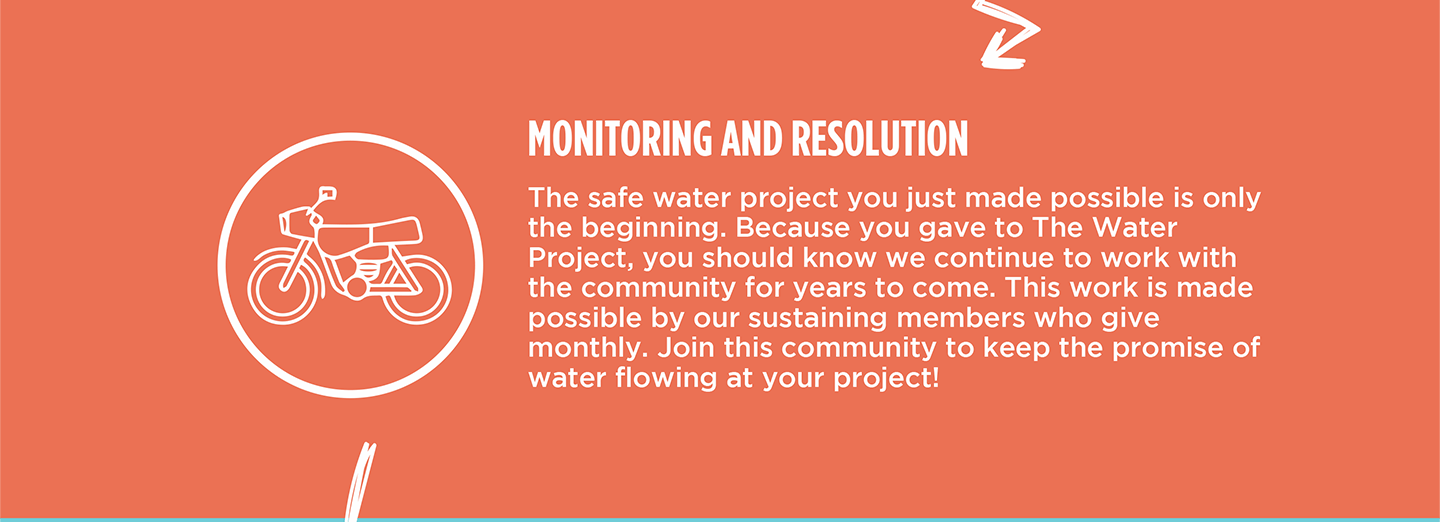The 272 community members in this area of Mukhulutsi rely on Petro Spring as their primary water source, but the spring faces several issues that make collecting sufficient water challenging.

"This water point has never gone dry, but it is overcrowded, and it is not in a good state," our field officer Christine Masinde said.
Christine continued: "Accessing the drawing point is difficult because there are no stairs and the collection area is not wide enough and broken, too. The discharge pipe was not fixed well, which causes contamination [of] the water. There is no fence to protect the spring eye and keep away animals from the water point."

"It is not easy for me to access this spring, especially when it rains. I have to be extra careful to avoid falling as I fetch or carry water," said 8-year-old Zuena (shown above).
When a spring is not properly functioning, the water flow rate is diminished, and collection time increases, causing delays. Those delays waste a lot of time that could be used for other valuable tasks, like generating income or attending school.
Increased water collection time reduces the amount of water that a household uses per day, effectively reducing the amount of clean water available for drinking, cooking and hygiene practices. - Science Direct
"Water users have to queue for a long time as they wait for their turn to collect water," said Christine.
But difficult access and long wait times are not the only issues. Water-related illnesses are also a struggle for community members. And those who suffer from cholera, diarrhea, typhoid, dysentery, and bilharzia as a result of consuming the spring's water pay a high price, especially children and the elderly.

"Based on my age, my immunity is very low. Therefore, I get frequent attacks from typhoid, which is very expensive for me to treat. My family members also get sick from waterborne and water-related illnesses. If our spring is protected well, our health will be restored," said 68-year-old farmer Geoffrey Wanyama (shown above).
Protecting the spring in this community should allow community members quick, sufficient access to a spring that provides safer water. And when they get back their time and health, hopefully, they will be able to focus on other things.
What We Can Do:
Spring Protection
Protecting the spring will help provide access to cleaner and safer water and reduce the time people have to spend to fetch it. Construction will keep surface runoff and other contaminants out of the water. With the community’s high involvement in the process, there should be a good sense of responsibility and ownership for the new clean water source.
Fetching water is a task predominantly carried out by women and young girls. Protecting the spring and offering training and support will, therefore, help empower the female members of the community by freeing up more of their time and energy to engage and invest in income-generating activities and their education.
Training on Health, Hygiene and More
To hold training, we work closely with both community leaders and the local government. We ask community leaders to invite a select yet representative group of people to attend training who will then act as ambassadors to the rest of the community to share what they learn.
The training will focus on improved hygiene, health, and sanitation habits in this community. With the community’s input, we will identify key leverage points where they can alter their practices at the personal, household, and community levels to affect change. This training will help to ensure participants have the knowledge they need about healthy practices and their importance to make the most of their water point as soon as water is flowing.
Our team of facilitators will use a variety of methods to train community members. Some of these methods include participatory hygiene and sanitation transformation, asset-based community development, group discussions, handouts, and demonstrations at the spring.
One of the most important issues we plan to cover is the handling, storage, and treatment of water. Having a clean water source will be extremely helpful, but it is useless if water gets contaminated by the time it is consumed. We and the community strongly believe that all of these components will work together to improve living standards here, which will help to unlock the potential for these community members to live better, healthier lives.
We will then conduct a small series of follow-up trainings before transitioning to our regularly scheduled support visits throughout the year.
Training will result in the formation of a water user committee, elected by their peers, that will oversee the operations and maintenance of the spring. The committee will enforce proper behavior around the spring and delegate tasks that will help preserve the site, such as building a fence and digging proper drainage channels. The fence will keep out destructive animals and unwanted waste, and the drainage will keep the area’s mosquito population at a minimum.




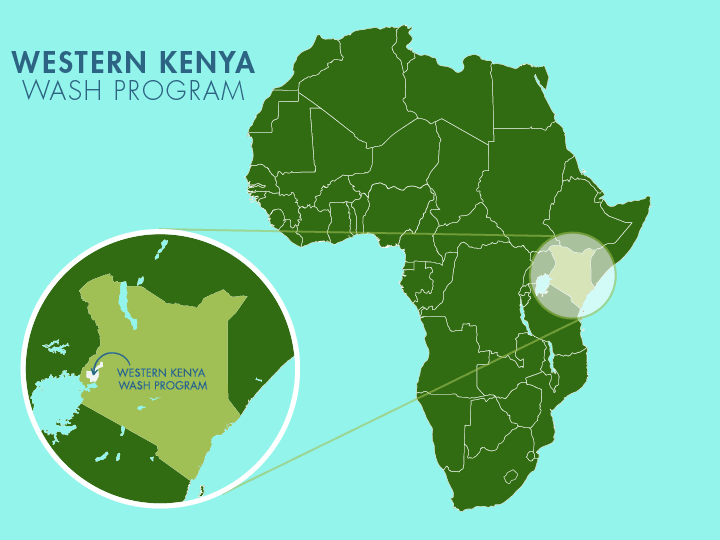
 Protected Spring
Protected Spring
 Rehabilitation Project
Rehabilitation Project

